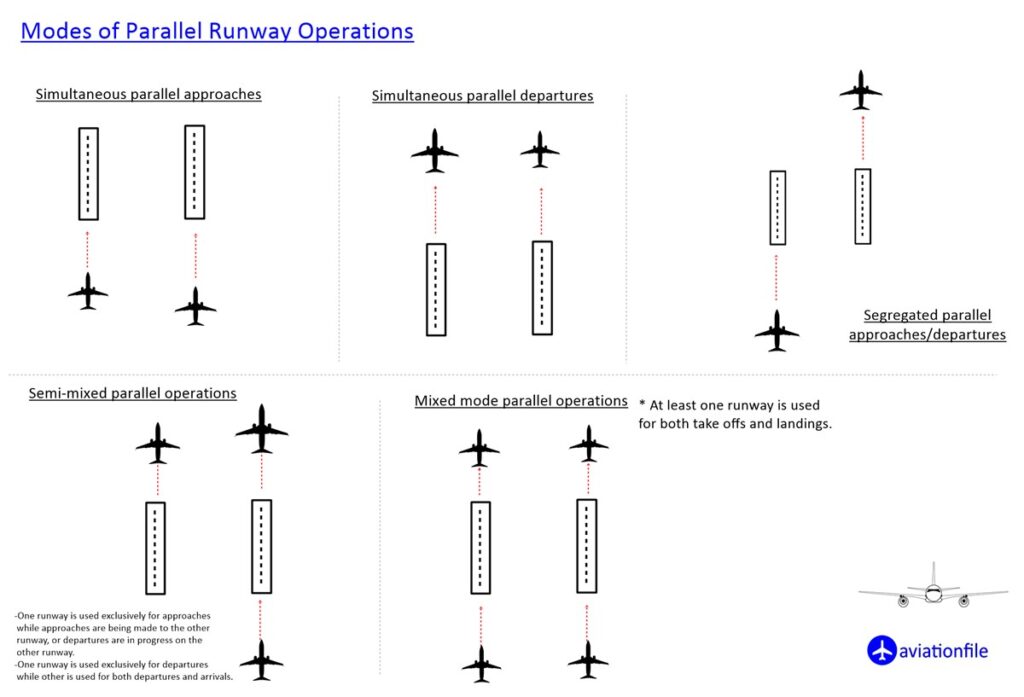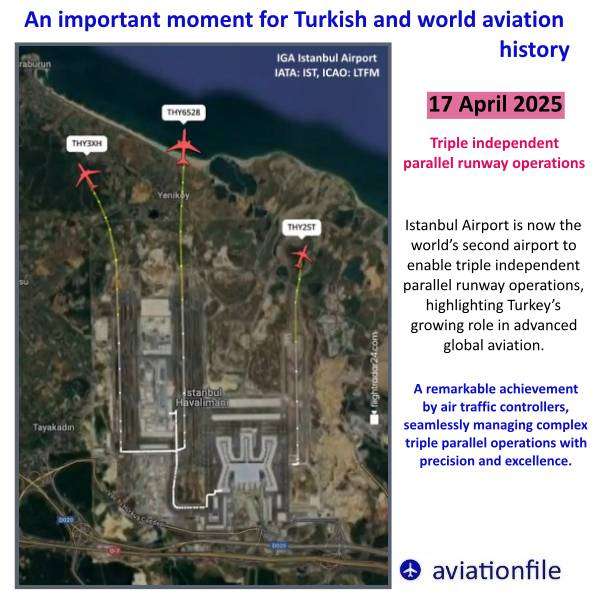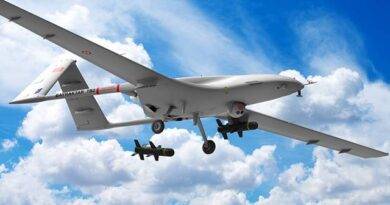Triple Runway Operations at Istanbul Airport: A First in European Aviation
On April 17, 2025, Istanbul Airport (IST) achieved a groundbreaking milestone by becoming the first airport in Europe—and one of only a few worldwide—to implement Triple Independent Parallel Runway Operations (TRO). This advancement allows for simultaneous, independent landings and departures on three parallel runways, significantly enhancing the airport’s capacity and operational efficiency.
What Are Triple Independent Parallel Runway Operations?
Triple Independent Parallel Runway Operations involve the concurrent use of three parallel runways for independent takeoffs and landings. Each runway operates autonomously, with aircraft movements managed separately, ensuring that operations on one runway do not affect the others. This setup requires precise coordination and advanced air traffic control systems to maintain safety and efficiency.
According to the International Civil Aviation Organization (ICAO), such operations necessitate specific runway spacing and sophisticated monitoring systems to manage aircraft trajectories and ensure safe separation.

Istanbul Airport’s Implementation of TRO
The introduction of TRO at Istanbul Airport marks a significant enhancement in its operational capabilities. The airport’s hourly traffic capacity has increased from 120 to 148 aircraft movements, a substantial boost that positions IST as a leading global aviation hub.
This development is part of Istanbul Airport’s broader expansion strategy, aiming to accommodate up to 200 million passengers annually upon full completion. The airport’s design includes multiple parallel runways and advanced infrastructure to support such high-capacity operations.

Technical Requirements for TRO
Implementing Triple Independent Parallel Runway Operations involves several technical prerequisites:
- Runway Spacing: Adequate lateral separation between runways is essential to ensure safety during simultaneous operations.
- Advanced Surveillance Systems: High-precision radar and monitoring systems are required to track aircraft movements accurately and manage airspace effectively.
- Air Traffic Control (ATC) Coordination: Highly trained ATC personnel must coordinate complex flight paths and manage potential conflicts between aircraft.
- Pilot Training: Pilots operating in TRO environments must be trained to handle the specific procedures and communication protocols associated with simultaneous runway operations.
Challenges and Considerations
While TRO offers significant benefits, it also presents challenges:
- Weather Conditions: Adverse weather can impact visibility and runway conditions, complicating simultaneous operations.
- Wake Turbulence: Aircraft generate wake turbulence that can affect nearby flights; managing this requires careful planning and separation.
- Infrastructure Demands: Implementing TRO necessitates substantial investment in airport infrastructure, including runways, taxiways, and control systems.
- Regulatory Compliance: Airports must adhere to strict international regulations and standards to ensure safety during TRO.
Global Context and Future Outlook
Istanbul Airport joins a select group of global airports capable of TRO, including Hartsfield-Jackson Atlanta International Airport and Washington Dulles International Airport in the United States.
The successful implementation of TRO at IST sets a precedent for other airports aiming to enhance capacity and efficiency. As air travel demand continues to grow, such innovations will be crucial in meeting future transportation needs.
Conclusion
The adoption of Triple Independent Parallel Runway Operations at Istanbul Airport represents a significant leap forward in aviation operations. By increasing capacity and improving efficiency, IST is well-positioned to meet the demands of modern air travel and solidify its status as a leading global aviation hub.


